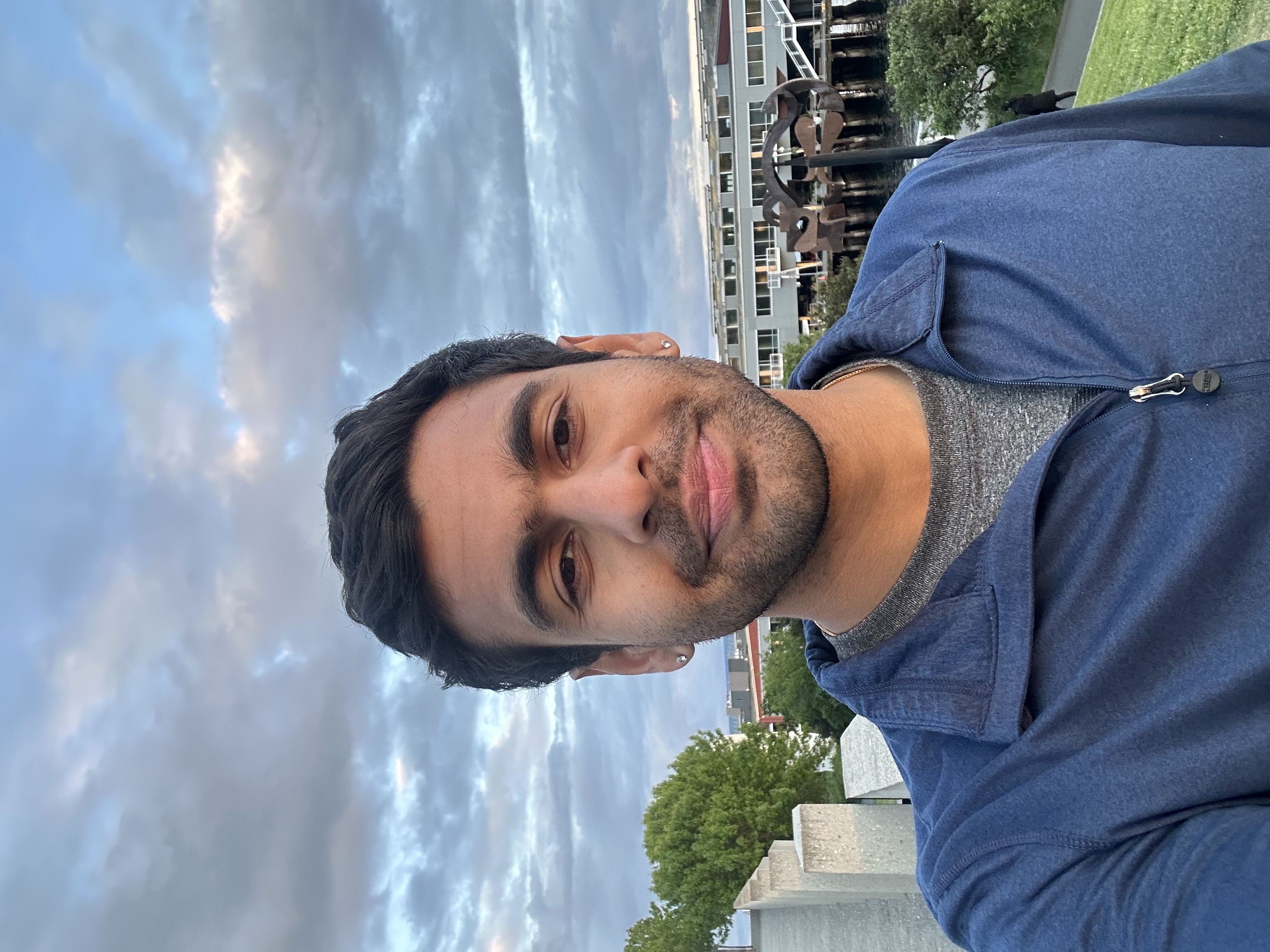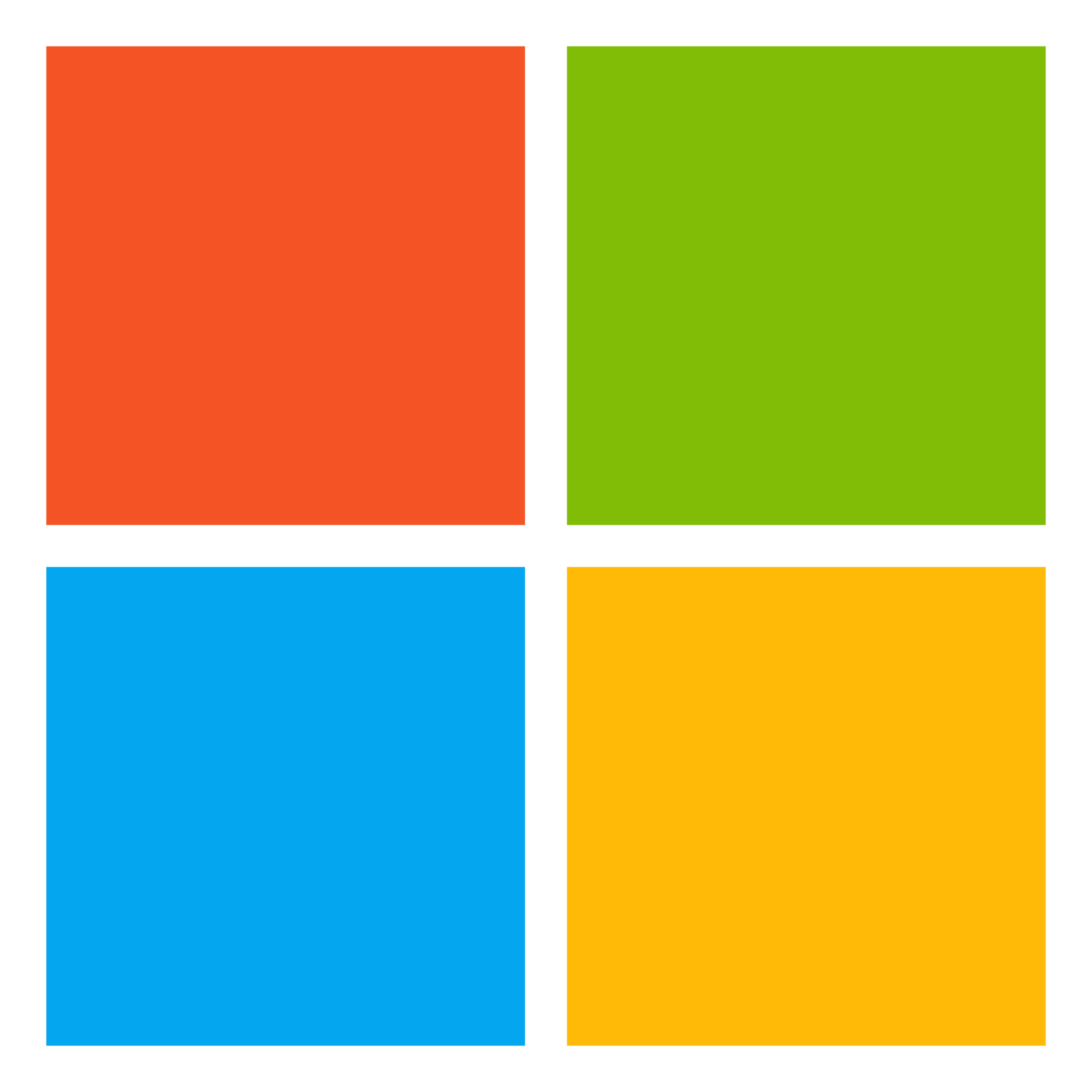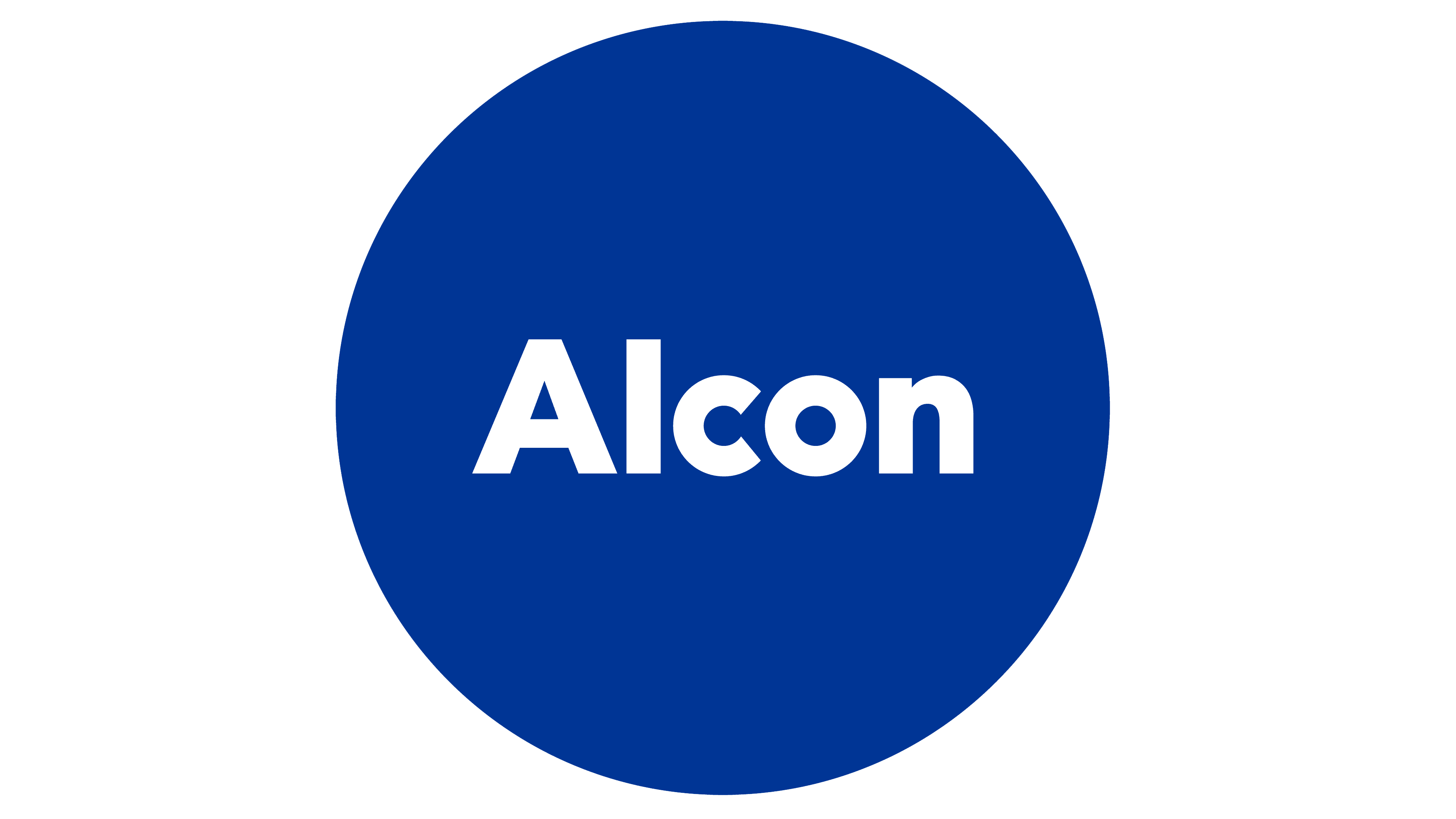
Hi, I'm Arun Krishna Vajjala
ML Research Engineer at Apple
My Resume Learn More ↓Hi, I am Arun!
I am an ML Research Engineer at Apple on the UI Understanding team, where I build multi-agent systems and generative tools that help designers and developers create more intelligent, context-aware user interfaces. My work focuses on AI-driven UI grounding, multimodal reasoning, and new interaction techniques that make design and engineering workflows faster, more expressive, and more accessible.
I completed my Ph.D. in Computer Science at George Mason University in Fall 2025, advised by Dr. Kevin Moran in the SAGE Lab. My doctoral research explored generative systems, developer tools, and accessible computing—studying how multimodal AI can understand and generate user interfaces, support early-stage ideation, automate engineering tasks, and improve software accessibility. I’m broadly interested in AI systems that amplify human creativity and enhance real-world workflows rather than replace them.
My ResumeLatest News
May 2025
Gave invited talk at Apple Cross-Org Showcase on Squiggle
March 2025
Presented ScreenStorm at Apple HCI Org Meeting
February 2025
Presented UI Understanding work at Apple HCI Org Meeting
January 2025
Two papers accepted, ICSE 2025 and FSE 2025
June - August 2024
Microsoft Research Internship — Built LLM-powered failure triage system
April 2024
Submitted FRAME to an A* SE Conference
August 2023
Published MOTOREASE at ICSE 2024
May 2022
Started work on a systemic literature review
January 2022
Started my PhD at GMU
December 2021
Completed my Master's Degree at GMU
June 2021
Worked as a research and design intern at Alcon
January 2021
Started my Master's Degree at GMU
December 2020
Completed my Bachelor's Degree at GMU
June 2020
Worked as a software engineering intern at ISSI
Experience

Apple
Machine Learning Research Intern
Feb 2025 - Sept 2025Collaborated with Dr. Jeff Nichols, Dr. Amanda Swearngin, and Dr. Titus Barik on research in Generative UI and UI Understanding, developing tools that bridge the gap between conceptual design and functional prototypes.
Squiggle: Architected and developed Squiggle, a tool that records whiteboard meetings in real-time and renders fully functioning SwiftUI apps. The system uses OpenCV and Mac webcam integration to capture 10-second snapshots of whiteboards, processing conversational dialogue and whiteboarding deltas through a sophisticated 4-agent architecture to understand UI construction and wireframing intent. Users can walk in with an idea and leave with a deployable iPhone prototype.
ScreenStorm: Built ScreenStorm, an interaction-based generative tool for creating screen variations and implicit design systems. The platform enables designers to make direct modifications to high-fidelity UIs and selectively preserve or modify elements when exploring alternatives. The system learns design patterns implicitly through user interactions, maintaining consistent style across multiple app screens while dramatically expanding designers' exploration capabilities.
Both tools significantly enhanced designer productivity, with users reporting increased exploration of design alternatives and reduced friction in the ideation-to-prototype pipeline. The 4-agent architecture analyzed user changes, generation preferences, and design patterns to deliver contextually relevant suggestions.

Microsoft Research
Research Intern
June 2024 - August 2024Mentored by Dr. Christian Bird, Dr. Nicole Forsgren, and Dr. Rob Deline, I identified bottlenecks in the software deployment and build process, leveraging Machine Learning and Artificial Intelligence to automate and streamline workflows for developers.
Collaborated with developers to gather requirements, designing and building a user interface that integrates K-means clustering on build failures using Azure OpenAI embeddings. This groups failures for easy access and triage by on-call developers.
Deployed custom Large Language Models (LLMs) within an information-secure Azure environment (OpenAI GPT-4o) to proactively tackle explainability and traceability, significantly reducing manual inspection and fatigue.
Presented this project at an executive review with a Corporate Vice President (CVP), where the partner product team requested an immediate push to production and initiated a successful tech transfer due to its potential to improve developer efficiency.

SAGE Research Lab - George Mason University
Graduate Research Assistant
May 2021 - PresentFRAME Project: Created FRAME, addressing an industry need for enhanced UI layout comprehension by implementing a Neural Graph-based approach to create structurally motivated GUI embeddings. FRAME integrated state-of-the-art CLIP, BERT, and Graph embedding techniques, coupled with structure enhancing mathematical concepts in the Rips-Complex and Embedding Propagation.
GUIFix Project: Designed and implemented GUIFix, a developer tool leveraging LLMs to detect and automatically repair accessibility issues in Android applications. Developed a novel workflow utilizing Python and CLIP embeddings to localize and repair accessibility issues with minimal developer intervention.
MotorEase Project: Designed and implemented MotorEase, an automated tool to detect motor-impairment accessibility issues in mobile applications. Integrated state-of-the-art techniques in PyTorch computer vision, pattern-matching, and static analysis, achieving 87% accuracy in detecting accessibility violations at runtime.

Alcon
Research & Design ML Intern
May 2021 - August 2021Collaborated with a multi-disciplinary team of researchers, engineers, and surgeons to prototype a surgical voice assistant, focusing on improving end-user interactions (surgeons) and enhancing intraoperative workflows through machine learning and software integration.
Led the design and development of a wake-word detection model using TensorFlow, AWS SageMaker, and PyTorch. Developed a robust audio processing and feature extraction pipeline achieving 80% accuracy in detecting the wake-word "Hey, Alcon" in real-time input streams.
Successfully deployed the voice assistant across multiple operating room devices in the U.S., significantly improving user interaction and reducing manual input during surgeries, surpassing initial performance expectations.
Publications
J. Wu, A. Swearngin, , A. Leung, J. Nichols, and T. Barik
"Improving User Interface Generation from Designer Feedback"
, Aj. Krishna Vajjala, Y. Yan, S. Pothagoni, D. Poshyvanyk, and K. Moran
"FRAME: Enhancing Multimodal GUI Embeddings with Structural Information"
, Aj. Krishna Vajjala, C. Badea, C. Bird, R. Deline, J. Entenmann, N. Forsgren, A. Hramadski, S. Sanyal, O. Surmachev, T. Zimmermann
"Using Large Language Models to Support the Workflow of Differential Testing"
Aj. Krishna Vajjala, , C. Badea, C. Bird, R. Deline, J. Entenmann, N. Forsgren, A. Hramadski, S. Sanyal, O. Surmachev, T. Zimmermann
"Enhancing Differential Testing: LLM-Powered Automation in Release Engineering"
, SM H. Mansur, J. Jose, and K. Moran
"MOTOREASE: Automated Detection of Motor Impairment Accessibility Issues in Mobile App UIs"
Aj. Krishna Vajjala, , Z. Zhou, and D. Rosenblum
"Analyzing the Impact of Domain Similarity: A New Direction for Cross-Domain Recommendation"
and K. Moran
"Engineering Accessible Software"
S. Lin, , and K. Moran
"SearchAccess: Advancing Accessibility in Android App Design Through a Deep Learning-Powered GUI-Based Search Engine"
Academic Service & Activities
Conference Reviewing
UIST 2025
International Conference on Software Engineering
ICSE 2025
International Conference on Software Engineering
MSR 2024
Mining Software Repositories
ICSE 2023
International Conference on Software Engineering
SANER 2023
Software Analysis, Evolution and Reengineering
ASE 2022
Automated Software Engineering
Invited Talks
DiffViewer: Infusion of AI/ML in Developer Workflows
Microsoft Research, 2024
MotorEase: Automated Detection of Motor Impairment Issues
ICSE 2024, Lisbon, Portugal
Engineering Accessible Software
ICSME 2023 Doctoral Symposium, Bogota, Columbia
MIRACLE: Automated Testing in Android Apps
George Mason University, 2022
Mentorship
Samar Karanch
University of Central Florida - Research collaboration on accessibility tools
Sophia Lin
Thomas Jefferson High School - SearchAccess publication co-author
Justin Jose
South Lakes High School - MotorEase publication co-author
Emma Tan
Bishop Moore Catholic High School - Research mentorship
Media Coverage
"The Power of Positionality - Why Accessibility?"
Interview with Kevin Moran and Arun Krishna Vajjala discussing accessibility research impact
Read Article →Personal Projects
GitChat - RAG for GitHub
A command-line based approach to querying and interacting with any GitHub codebase using ChatGPT-4. Built with Python, OpenAI API, DeepLake Vector Store, and LangChain to aid in GPT comprehension with built-in caching system.
Diabetic Retinopathy Detection
Performed multi-level classification on retina images to determine diabetic retinopathy severity. Built using 16GB of data, AWS EMR, and EC2, achieving 97% accuracy. Demonstrated effective use of big data and ML for healthcare challenges.
NYC Taxi Time Prediction
Enhanced decision tree model with linear regressors in leaves, achieving 75% improvement in RMSE. Built using PySpark and Hadoop with 13GB of data on AWS EMR and EC2 for efficient big data handling.
Brydge (Startup)
Software that matches students' learning styles to professors' teaching styles. Worked with universities to create tools giving both students and professors a successful semester by optimizing educational compatibility.
Movie Recommender System
Built using ALS (alternating least squares) and item-item collaborative filtering approaches. Handles existing users and cold start users, running on AWS EMR cluster with Apache Spark backend.
NBA Score Prediction
CNN-based score predictor using 1st quarter statistics to predict final score within 5 points and winner. Achieved 98% accuracy for winner prediction and 85% accuracy for score prediction.
Contact Me
Ready to collaborate? I'm always excited to work on innovative projects that challenge the status quo.
akrishn (at) gmu (dot) edu
Ashburn, VA & Seattle, WA